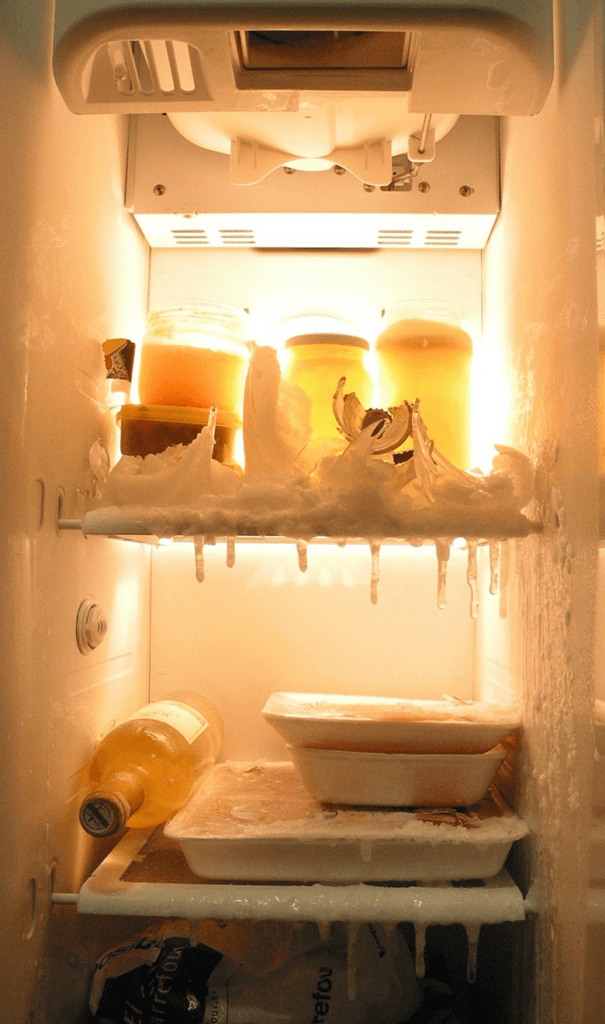Moving presents a lot of unique issues and roadblocks, and how exactly to handle your refrigerator is one of them. Even if you’ve hired a full-service moving company in Northern Virginia and know your movers are going to do the actual heavy lifting, there are still some steps you need to take to prepare your refrigerator for a move. Being unprepared in this regard can slow your move down, cost you more, and possibly lead to time-consuming and stressful cleanup.
Best Northern Virginia Moving Tips: Make Sure Your Refrigerator is Prepared for a Move
What Type of Fridge Matters

If you’re looking to move a small drinks fridge, the process is going to be a lot less involved or complicated than moving a large kitchen fridge with a freezer. Know what you want to move well before the moving company arrives, so you can take care of everything you’re responsible for. One of the most important moving tips is leaving yourself enough time to thoroughly do every step. That way you cut out some of the panic and stress related to moving your appliances.
The Food

The first important part of moving a refrigerator that you’re responsible for is dealing with the food. You’ll need to completely empty the fridge and freezer of everything. Make sure to have plenty of coolers and ice on hand to store that remaining food.
Remember, avoid making a big grocery store run right before you know you need to clear out the fridge. Having as little food in coolers to deal with as possible will simplify the process. Also, don’t do this step too soon, as constantly replenishing the ice to keep the food fresh can become time-consuming.
Turn Off the Water

Turning off the water before disconnecting, defrosting, or moving your fridge is a necessary step, and this is the responsibility of the homeowner. Movers are not technically supposed to turn off the water line, but a reputable, experienced mover will often ask you if you’ve done so.
Be aware that the water line into an older model fridge is often in the back, but on many newer models, those lines are in the front.
Disconnect the Ice Maker

If your fridge has an ice maker, that hose will need to be disconnected. If it pops off while moving the fridge, it can make a huge mess. The last thing you want with movers trying to navigate your kitchen is spilled water, which takes up your time to clean and poses a slipping risk for both you and the movers.
Defrost the Fridge

Your movers should only move a totally defrosted fridge. Even a partially defrosted fridge can melt and leak in the moving truck, potentially damaging items in the surrounding moving boxes.
Preparing the Empty Fridge
After you’ve emptied the fridge, turned off the water, disconnected the ice maker, and defrosted the freezer, the refrigerator still needs some last-minute preparation for transport.
Mostly this involves thoroughly cleaning the empty fridge and then taping the drawers and shelves so they don’t move around or crack during transport. Masking tape works well because it’s sturdy enough to hold without leaving sticky or difficult-to-clean residue like duct tape might. The door should also be closed and secured for the move.
In the New Home
Once your fridge has successfully been moved from the old home to the new, plug it in and let it sit for at least three hours before restocking. The Freon needs to settle after being bumped and jarred around in the back of the moving truck, and it will take several hours for the fridge to be back at its optimal performance level.
The Movers

Reputable movers will have the proper equipment to do the actual appliance moving. If you’re trying to decide what company to go with, ask how they move appliances. If they don’t use appliance dollies or know industry practices (fridges should never be placed on their sides, for example), that might not be the most reputable company.
